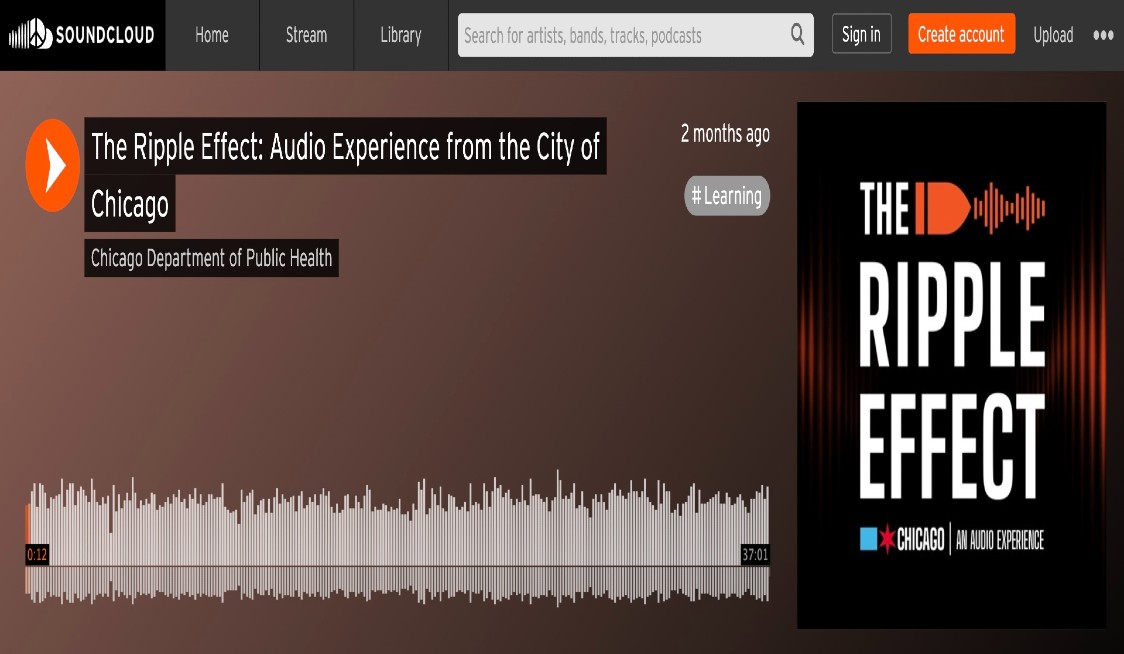Eight weeks ago today, a gunman opened fire along a 4th of July parade route in Highland Park. Seven innocent people died and another four dozen were injured
That night, I tried to channel some of the pain I felt for the town I grew up in by tapping out some words. Of course, it felt wholly inadequate.
But the other thing was bothering me, as it often does, is knowing that fusillades of gunfire like this happen virtually every day just miles away in the city of Chicago. Over that same Independence Day weekend, 33 people were shot and eight were killed — including a five-year-old boy.
All of those shots that rang out were fired in the Chicago neighborhoods of South Austin, Morgan Park, Chatham, Bridgeport, South Chicago, East Garfield Park, and Humboldt Park. There is an old saying: “There is only one map of Chicago.”
I can’t count how many times my colleague John Fountain has written about this heart-crushing subject. But his words in yesterday’s Sun-Times hit me just the same:
“Is the life of a Black child shot to death on the South Side or West Side somehow made less valuable by her ZIP code or race? Does the prevalence of shootings in poor, urban neighborhoods make the violence there somehow more acceptable, normal? What’s the difference? Don’t we all bleed the same? Doesn’t every human soul carry the same worth?”
Fountain was writing about Khalil White, an 18-year-old who just a week ago was celebrating his new job with friends at a back-to-school party in Renaissance Park in the South Side neighborhood of Auburn-Gresham. Khalil, a member of the St. Sabina’s Strong Futures Mentoring Program, was murdered by gunfire just a few days later. Just a few miles from the Park.
That same weekend, 38 people were shot in the city, four of them losing their lives. The calendar turns. The barrels get reloaded.
But here’s the thing: It’s really not all that simple. In fact, the gun violence epidemic in the city of Chicago is incredibly complicated. The people I hear daily shouting out their sure-fire, one-dimensional solutions about how to solve violent crime on the West and South Sides of Chicago are usually too uninformed to take seriously.
“Just double the police force over there — that’ll do it!” “Just change the laws or enforce the ones on the books with zero tolerance — that’ll do it!” “Stop coddling everyone over there — that’ll do it!”
Right.
The truth is that if you haven’t studied the deep history of this epic yet troubled city, you cannot understand how its past still holds the reins on so much of the pain that plays out in its present. And if you haven’t met and talked with any of the victims, cops, activists and perpetrators that are all parts of this equation, there’s just no way to see how Herculean the challenge is. And how many different efforts must connect up in order to see real change.
As of one week ago this year in Chicago, there had been 1,828 shootings and 425 murders — compared to 2,239 and 515 respective crimes at the same mark in time in 2021.
Whether you think that represents meaningful progress or you think the numbers are pathetic and don’t make much difference, it still might be worth your time — especially if you’re a Chicagoan — to learn a bit more about why it’s all happening. For the answers to that question form the base of the solution.
Toward that end, I am including a special podcast recently released called “The Ripple Effect.” It is narrated by the award-winning urban affairs journalist Maudlyne Ihejirika and was produced by the city of Chicago.
There is no viable excuse for anyone who intentionally harms an innocent victim to escape accountability. But much in life is complicated. To blind our eyes to this fact is to, well, remain blind. I hope that you will give a listen to this program, or, if you prefer reading, I’ve included the full discussion further below.
Learning is the first step toward solving. Always has been.


